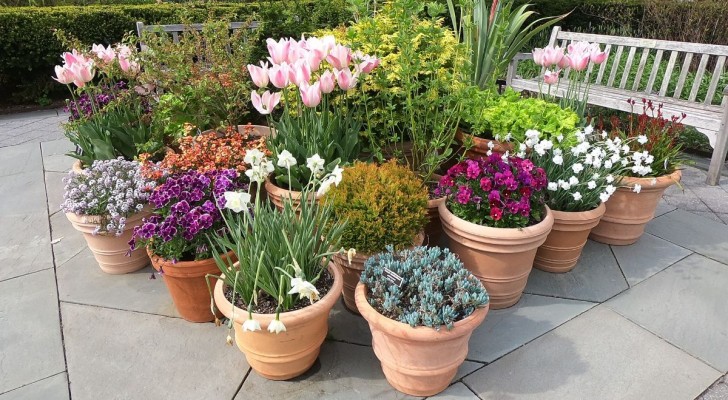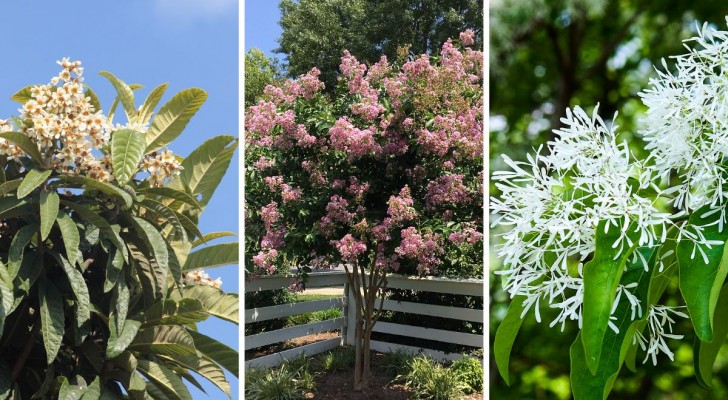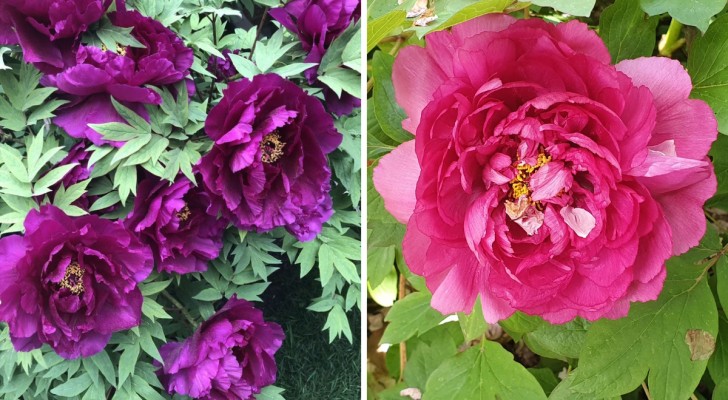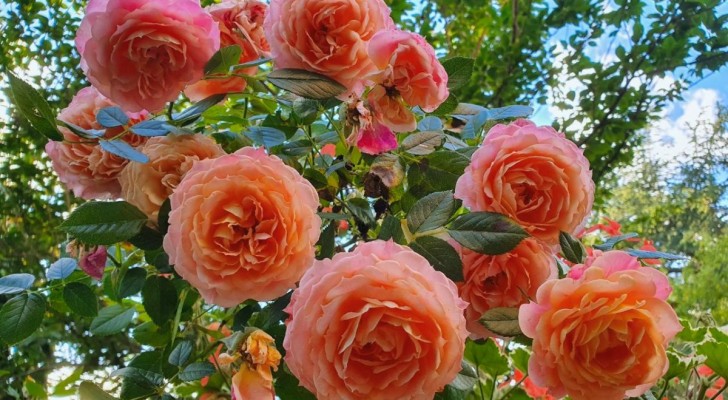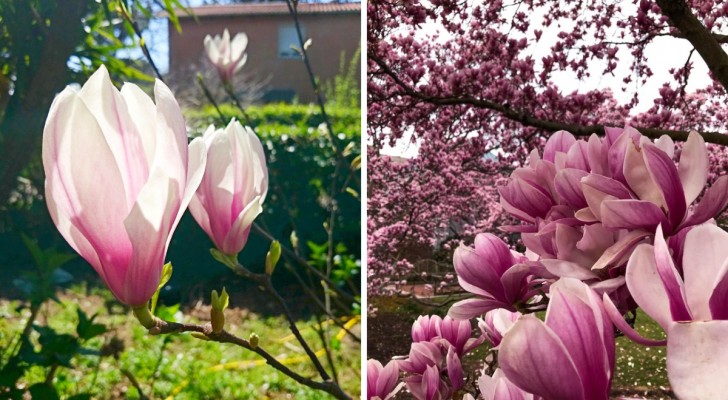Growing a mulberry tree - a tree with fruit that look like blackberries: here are some cultivation guidelines

The mulberry is a somewhat neglected plant / tree, and one that does not immediately come to mind as one to grow in the garden, even if it produces delicious fruit. The mulberry, however, becomes a sturdy and massive tree, with a dense and dense canopy that is very pleasant to look at.
It also produces flowers and tasty edible fruit, similar to blackberries but with a more elongated shape, and with which you can make pies and delicious jams. They are difficult to find in the shops, so it is worth considering growing a personal supply for yourself at home. Above all, this is a rather easy tree to grow, with a long life and has been cultivated by people long before the birth of Christ. Native to Asia, this tree then spread to Europe and the rest of the world largely thanks to the fact that its leaves are particularly enjoyed by silkworms. Read on to find out more about this fascinating tree:
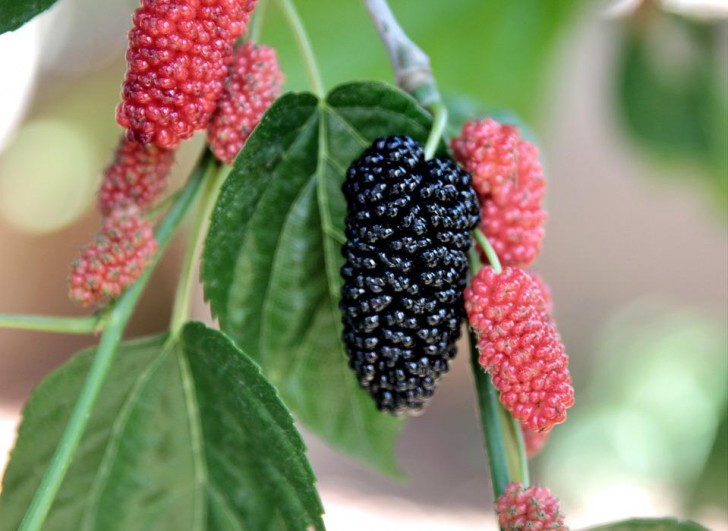
There are two types of mulberry, distinguished by the color of their fruit: black and white, but they require identical cultivation techniques.
- Exposure: this tree needs space to grow, so find a spot in the sun and sheltered from wind and where it has 5 or 6 meters free all around it. In this environment, it will grow well and it will also be easy to manage it at the time of pruning and especially when harvesting the fruit.
- Soil: it is able to adapt to various conditions, but it prefers porous and well-draining soil.
- Watering: They only need to be watered when they are very young or still in pots. Once grown, the mulberry is self-sufficient thanks to the roots that go deep down into the soil. However, it is necessary to check the status of the tree in case of a severe and / or prolonged drought.

When to plant a mulberry tree?: this is usually done at the end of winter, even though the plants are often on sale in shops during their blooming period (which is typically in mid/late summer). If you buy a plant in the spring or summer, make sure you water it regularly so that it doesn't suffer too much from having to stay in a pot for a long time - and then as early as November, you could put it in the soil outside.
Remember to always dig very deep holes for the tree (at least half a meter deep and as wide), turning over the soil thoroughly: the roots will be able to take hold and develop more easily in a deep hold, making the tree strong and stable.
Would you like to grow a mulberry tree in your garden?
